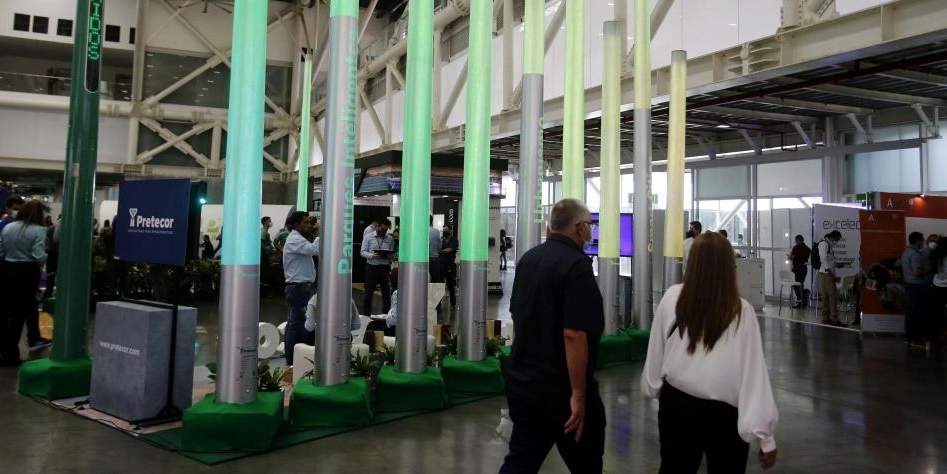
The model, with transport systems that use energy, showed the role of artificial intelligence
To exhibit the great changes in the electricity industry, the Electricity Sector Fair (Fise) showed in Medellín a smart city model made up of various innovative products and services in electric mobility, connectivity, measurement, digitization and lighting.
This experiential space, called Smart City Experience, was adapted with a track for the mobility of cars, motorcycles and electric bicycles that has charging stations where visitors can recharge and test each type of vehicle.
The city prototype, designed by expert engineers from the Universidad Pontificia Bolivariana (UPB), had lighting with remotely managed lamps, traffic lights and intelligent poles, which have a monitoring system with cameras for the safety of citizens, in addition to a photovoltaic solar system and other innovations.
“This smart city shows in a more experiential way the change that is coming in the sector with electric mobility, solar energy and measurement devices. It makes people get excited and understand what is coming”, said the manager of Fise, Ana Cristina Rendón.
For Andrés Emiro Díez, research professor at the UPB, this model can make a significant contribution to city planning, since it takes into account transport systems that use electricity and confirms that “the support of artificial intelligence is essential” to optimize the infrastructure.
He also underlined the importance of digitizing the energy sector and being able to count on platforms to assess the environmental impact of each individual. “A smart city is where you live with quality of life, where people do not get sick from the air they breathe, where they can walk and enjoy it, where the use of energy is responsible, the carbon emitted is offset and waste is recycled. “, said.
In this prototype, according to Díez, the poles make the infrastructure more optimal by having air quality sensors to control pollution and contain information so that, in the future, they can help channel traffic and serve to supply electricity to trams and other large electric vehicles. “The poles occupy public space and must be used intelligently,” he said.
